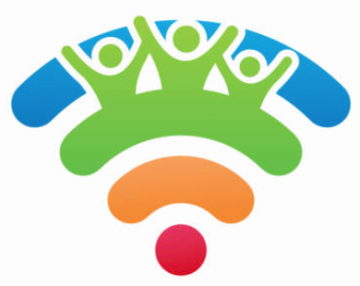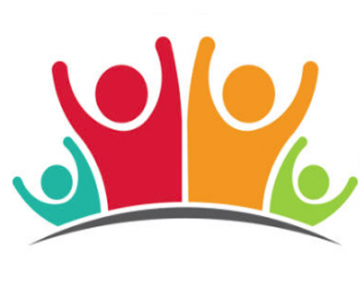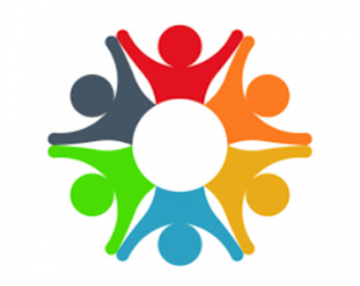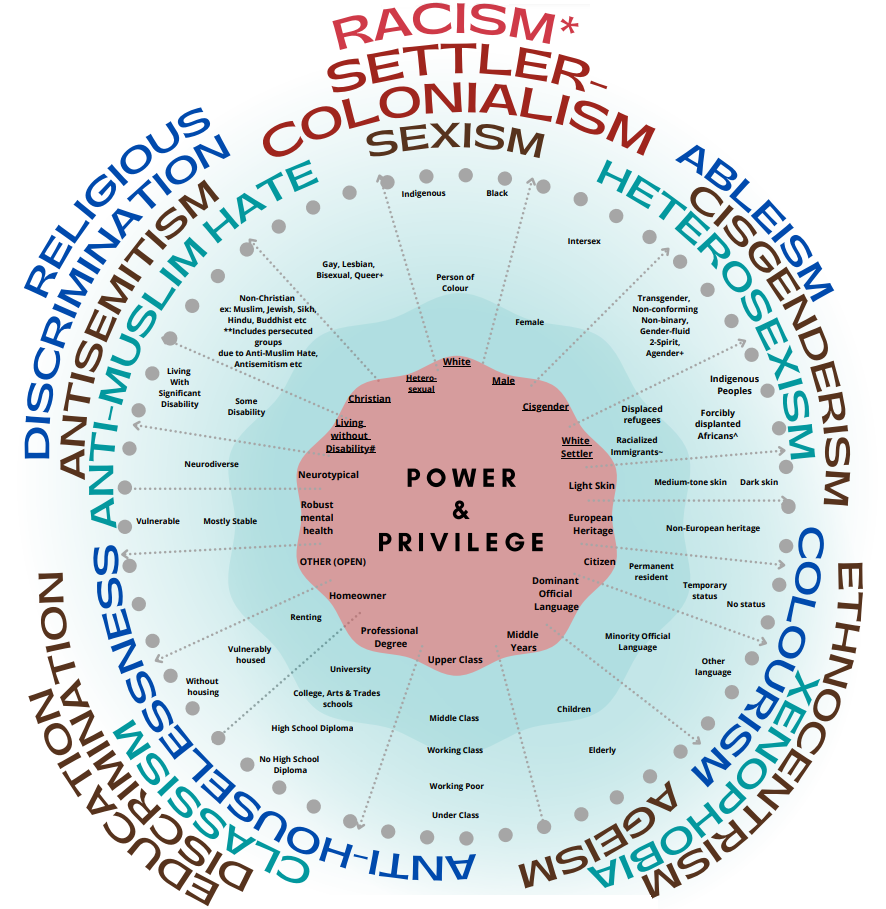
Equity
Equity involves the creation of opportunities for historically, persistently, or systemically marginalized populations to have equal access to education and growth opportunities for closing achievement gaps.
Explore opportunities for equitable teaching practices to create pathways to success for all learners.

Diversity
Diversity is meant to convey the existence of difference. Diversity is created when people who are different from one another come together and includes everyone in the room.
Design courses with accessibility in mind and reduce barriers to learning by implementing the principles of Universal Design for Learning (UDL).

Inclusion
Inclusion is an active, intentional, and continuous process to address inequities in power and privilege, and build a respectful community that ensures welcoming spaces and opportunities to flourish for all.
Emphasize the importance of engaging with and valuing differences through the course syllabus.

Decolonization
“Reconciliation and decolonization demand change and transformation, including transformation of education”
-Dr. Jan Hare
Indigenous approaches to teaching and learning are meaningful and relevant for every learner, and can support success for all learners. Integrate Indigenous epistemologies and pedagogies into course design.
Power & Privilege

Source: www.AmyTanMD.com
Some questions to ask as you look at the Power and Privilege Wheel are (Tan, 2021):
- When you picture a ” standard” person in Canadian society, who do you see in your head? How do you picture they will act/behave?
- Who is my organization (customers, employees, marketing audience, etc) built around? Why and How?
- How are policies used to define what is expected behaviour? Do these policies give a certain group unearned advantage?
- Who or in what areas do people need to ask for accommodation to be able to function as fully as they can in a given setting? Why?
- Which identities can a person choose to not disclose if they don’t want to in a given setting? Which ones can’t be hidden?
- Why are Christian holidays like Christmas and Easter statutory holidays in Canada, but not other religions ‘ major holidays?
- How can systems that uphold unearned advantages to only certain group(s) be disrupted by those who have privilege?
- How can different equity-seeking groups work in solidarity with each other given that every anti-oppression fight is inter-related?
References
Tan, A. (2021). Power & Privilege in Canada. https://amytanmd.com/2021/06/09/power-privilege-in-canada/